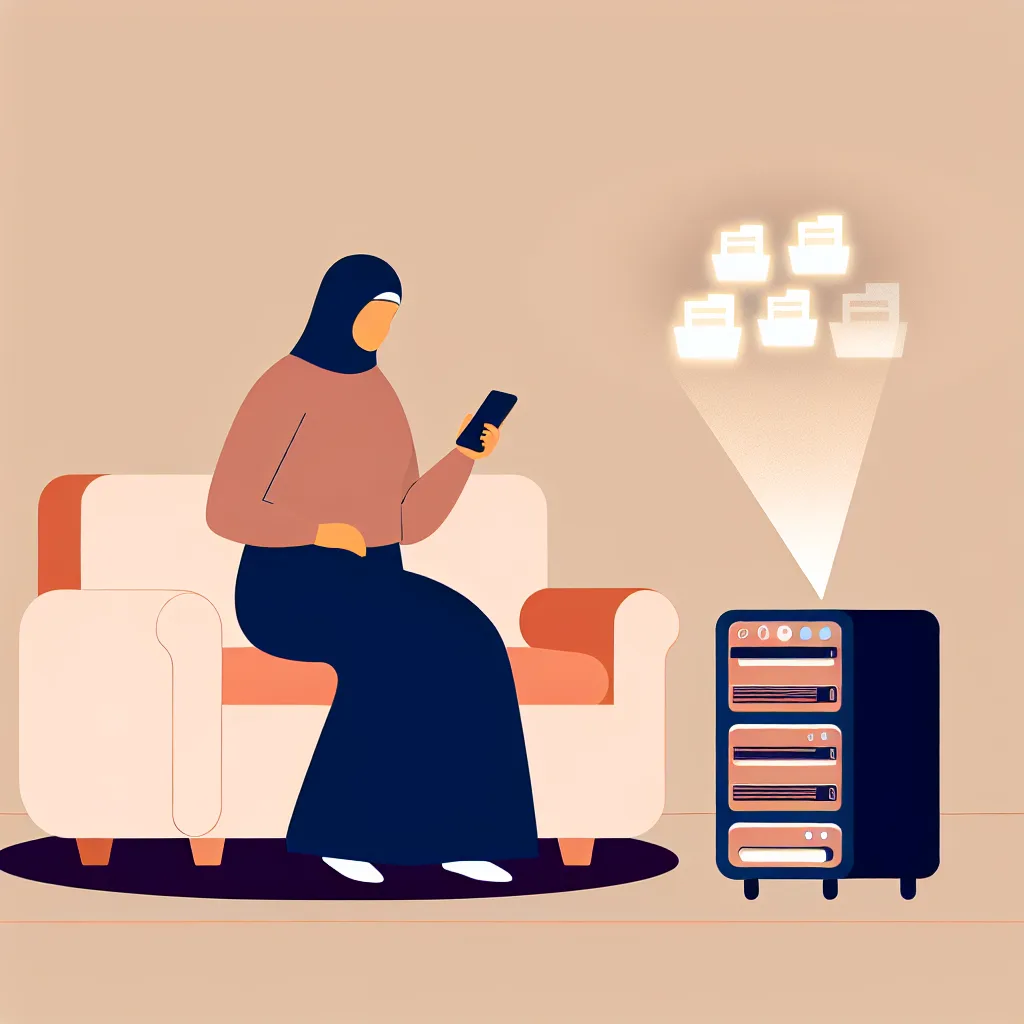A simple guide to building your first server using old parts you already have, with no coding skills required.
So, you’ve been thinking about setting up your own server. Maybe you’ve got a collection of digital movies and music, a mountain of photos, or you just like the idea of having your own private corner of the internet. But then the doubts creep in: “Isn’t that expensive? Don’t I need to be a coding genius?” I get it. The good news is, creating a beginner home server is more accessible today than ever before, and you can get started with a surprisingly small budget and zero command-line skills.
You can think of a home server as your personal cloud. It’s a computer that’s always on, ready to serve up your files, stream your media, or run applications, and you control it completely. Forget paying monthly fees for extra cloud storage. With a home server, you own the hardware and the data. It’s a fantastic way to learn about tech and build something genuinely useful.
What You Need for a Beginner Home Server (Hint: You Might Already Have It)
Let’s talk hardware. If you have some old PC parts lying around from a previous gaming rig or office computer, you’re already halfway there. You don’t need a super-powered machine to get started.
Here’s a basic checklist:
* A CPU and Motherboard: Almost any processor from the last decade will do. If it can run a modern operating system, it can likely run a server.
* RAM: 8GB is a great starting point. You can get by with 4GB, but 8GB gives you more breathing room to run a few applications at once.
* Storage: This is the fun part! You can mix and match a few old hard drives (HDDs) or solid-state drives (SSDs). Start with whatever you have. You can always add more later.
* A Case and Power Supply: You just need something to hold all the parts and provide them with electricity. Nothing fancy required.
The point is, your dusty components can be given a new lease on life. This isn’t about building a top-tier machine; it’s about creating a functional, low-cost server that meets your needs.
The “No-Code” Secret: Choosing the Right Operating System
This is where the magic happens. The idea of installing a server OS can be intimidating, conjuring images of black screens with blinking green text. But modern server operating systems have beautiful, user-friendly web interfaces that feel more like using a regular website. You manage everything through your web browser.
Here are two fantastic options for your first beginner home server:
- Unraid: This is my top recommendation for beginners. Unraid is brilliant because it’s incredibly flexible. It lets you mix and match hard drives of different sizes, which is perfect when you’re using spare parts. It has a fantastic “app store” (powered by Docker) that lets you install applications like a Plex media server, a file-syncing tool, or a backup service with a single click. It’s not free, but it has a 30-day free trial and the one-time license fee is well worth the cost for its ease of use. You can find out more on the official Unraid website.
- TrueNAS SCALE: TrueNAS is another powerhouse in the home server world, and it’s completely free. It’s built on a very robust file system called ZFS, which offers excellent data protection. Like Unraid, it has a modern web interface and a catalog of one-click apps. It can be slightly more rigid in its hardware requirements than Unraid, but it’s an incredible piece of free software. Check it out at TrueNAS.com.
Installing either of these is as simple as flashing the installer to a USB drive and booting your machine from it. From there, all the management happens in your web browser. No coding required.
How to Access Your Beginner Home Server From Anywhere
Okay, so you’ve built your server and it’s humming away in a corner. How do you get to your files when you’re on the go? This used to be the most complicated part, involving things like port forwarding and dynamic DNS. It’s much simpler now.
Many applications have built-in remote access. Plex, for example, makes it incredibly easy to stream your media to your phone or laptop from anywhere in the world.
For everything else, you can use a tool that creates a secure, private network between your devices. Think of it like a secret tunnel connecting your phone directly to your home server. Tailscale is a fantastic, free-for-personal-use option that does exactly this. You install the Tailscale app on your server and on your phone, log in, and that’s it. Your devices can now communicate securely, no matter where you are. It’s a game-changer for easy remote access. You can learn more at the Tailscale website.
Just Start Building
Building a home server is a journey, not a destination. Start small with the parts you have, pick a user-friendly OS, and solve one problem at a time. Want to back up your photos? There’s an app for that. Want to stream your music? There’s an app for that, too.
Don’t get overwhelmed by all the possibilities. The most important step is the first one. Plug in those old parts, install an OS, and start playing. You’ll be surprised at how much you can accomplish.
